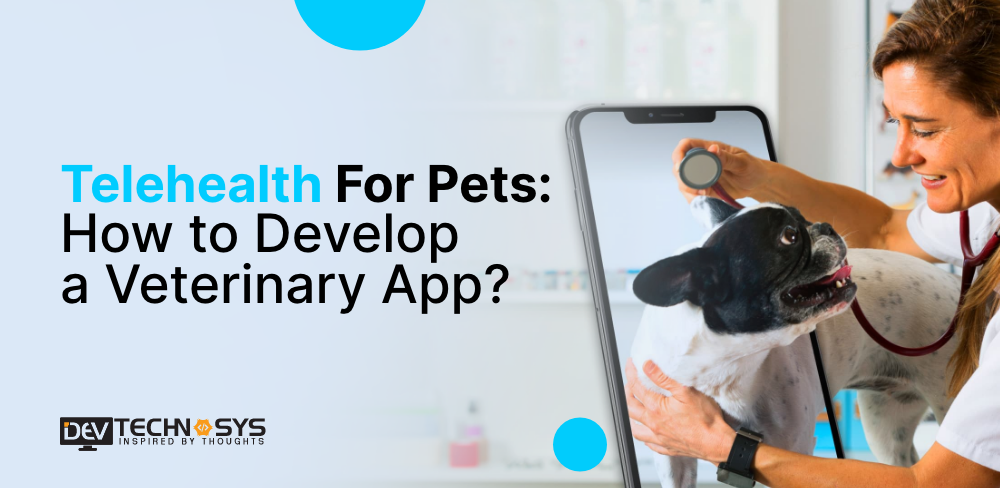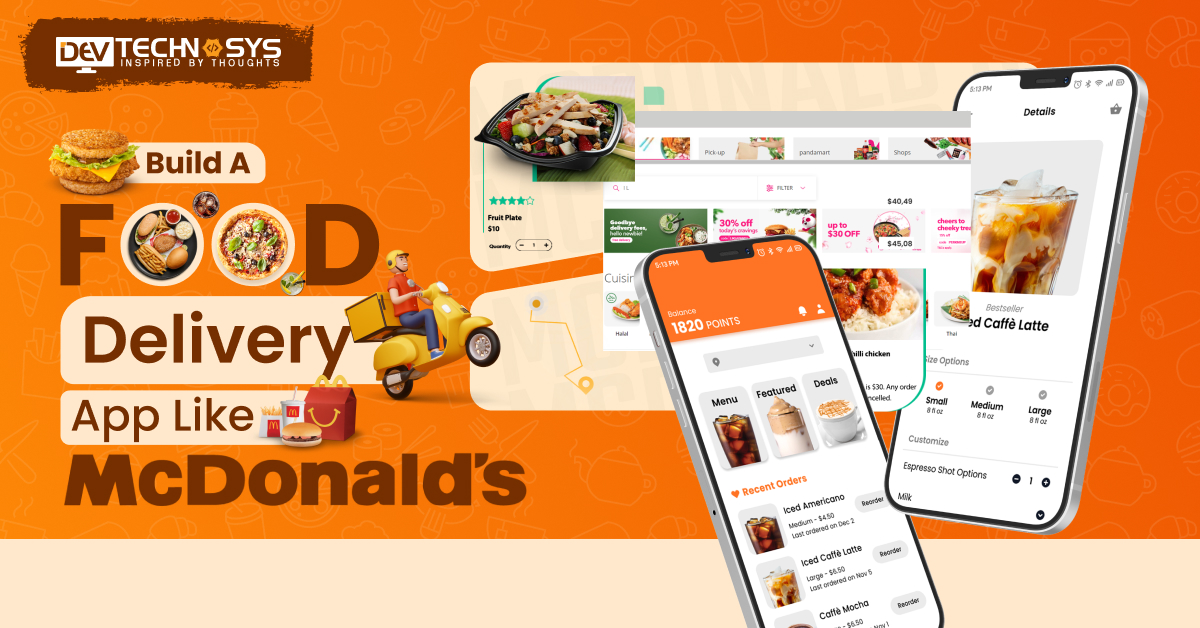Pet owners were kept out of clinics during the COVID-19 pandemic. They are concerned about their pets’ health and provide the best care possible. Digital transformation is now available for pet owners and allows them to manage their furry companions’ health.
Today’s veterinary apps offer 24-hour pet care to owners, helping to alleviate their worries. These solutions are in high demand because not everyone has the means to take their pet to the vet every time they eat something on the streets.
The Global veterinary Telehealth for Pets market was valued at USD 119.6 million last year. It is expected to grow at a compound annual rate (CAGR of 17.6%) from this year to 2030. Experts believe the increasing adoption of these management systems is linked to the increased focus on veterinary health and smarter disease detection.
The market will grow in 2022 due to the increasing prevalence of chronic and zoonotic diseases in pets as well as the rising adoption of IoT & AI Development through pet apps. Market growth will be further fueled by the increasing prevalence of diseases such as diabetes, kidney disease, spinal disc problems, blood pressure, and other health issues.
This blog will show you how to develop a veterinary app. It will also explain the steps required, the cost of mobile app development and the implications for government regulations.
What is a Veterinary App?
The app helps pet owners to take care of their pets in a way that is most convenient for them. With regards to your pet’s health, this app is made to offer you information and services. This app package includes solutions to improve pet healthcare including a tracking system for pets, prescription medication, vet consultation, easy search functionality, and Internet of Things (IoT)-enabled applications.
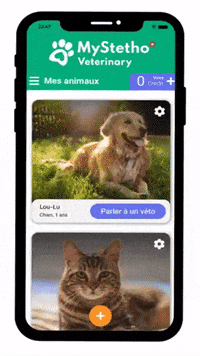
How Does Telehealth For Pets work?
The Vet Care mobile app allows the user to install the app on their phone/tablets. CFL will need to be contacted to set up integration. From there, they can upload their clients, animals, products and services as well as their booking appointments.
Users can also upload other staff appointments, if the management permits. After this sync, intelligent notes are created for clients, animals, product records, and Drug Withholding Notes.
Once the provider has completed this step, they can go out and see patients off-site. The device is usually managed by one staff member. However, the Telehealth for Pets app can be used to make it staff-agnostic.
This allows data loading to be dynamic for any team member who logs in. This allows for the support of multiple communal tablets/devices at a charging station in the organization. With the help of this method, veterans may log in to any device.
After the bills and other data have been synchronized to the server it is displayed under Mobile Bills so that users can view it individually or make edits before finalizing. Each invoice must be reviewed by the office staff before it can be posted.
Market Size and Statistics of Veterinary App
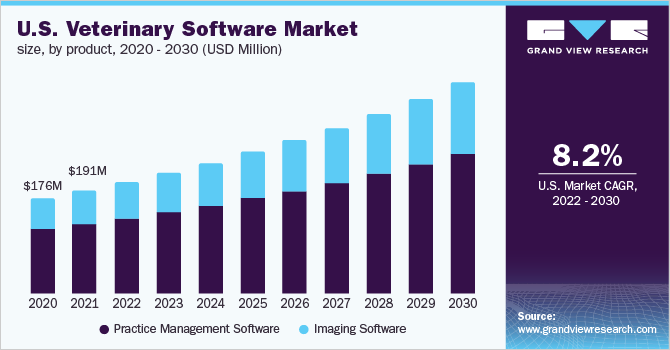
- In 2020, it was predicted that the market for veterinary patient EMR software will be worth 156.4 million US dollars. Although it was nearly 103.9 million U.S. dollars, the market value of application for customer data was 103.9 million U.S. dollars. By 2027, it is anticipated that the market for patient EMR software would be worth close to 269 million dollars.
- Revenue from veterinary services is projected to reach US$47.89 billion in 2023.
- The CAGR 2023–2025 forecasts yearly increase of 1.68%.
- In 2017, the market for veterinary services in North America was estimated to be worth almost 52 billion dollars.
- The Philippines’ veterinary industry is predicted to generate around 28,4 million US dollars in revenue. Dollars by 2024.
- By 2029, it is anticipated that the market for veterinary management software would exceed one million USD. When compared to 2023, the CAGR of 2023–2029 is unexpected.
Benefits of Telehealth for Pets
The veterinary app offers many benefits to businesses. Here are some of them:
- Streamlining the internal processes, education and facilitation of interactions with suppliers and third parties will increase efficiency.
- This app makes it possible to serve more patients per hour. These apps are available to employees, making routine tasks much easier. They can also completely replace mundane work that does not require human intervention. By using this approach, more patients may be reached.
- Apart from pet care services, the app also offers other services such as online shopping for pet-related items or services. You can also access educational services for pet owners through the app.
- The Telehealth for Pets applications allow pet owners to reward normal operations with bonuses through the use of reward points and gamification features.
- The app allows you to send alerts and news, which can help veterinary practices keep in touch with customers. All of these factors contribute to elevated client satisfaction and sustained revenue growth.
Top 5 Examples of Veterinary Apps
Below are the best veterinary medicine apps that you must consider for the development of telehealth for pets.
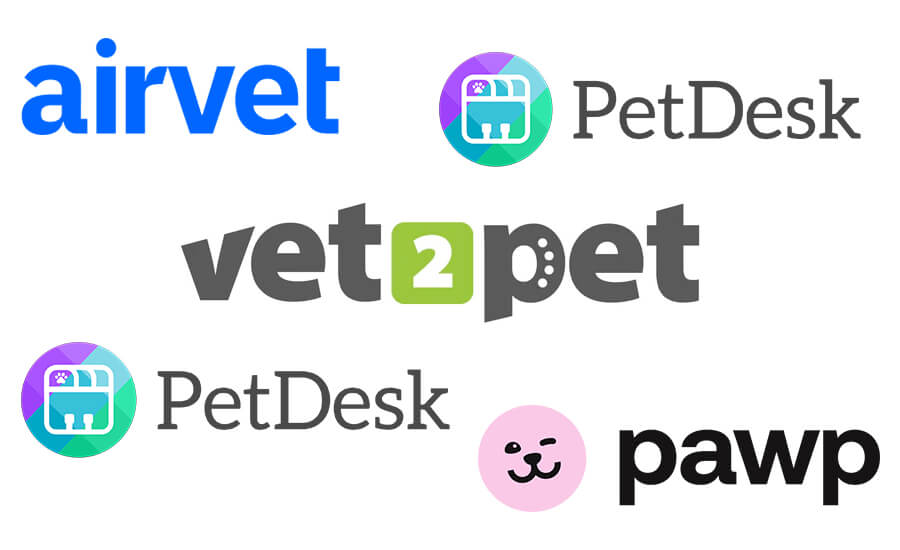
1. Anipanion
This app provides a way for clients to communicate with their veterinarians instantly. Pet owners can upload photos, videos and other information about their pets’ medical condition and make an appointment with the vet. The app allows pet owners to save their medical history.
2. TeleTails
The app’s seamless integration with a veterinary clinic’s workflow is a hallmark. TeleTails allows Vets and customers to communicate seamlessly and discuss their pets’ medical needs.
3. TeleVet
The app allows pet owners and their pets to book virtual consultations with veterinarians. The app allows the vet to check the pet and then prescribe treatment. The app also makes it easy to schedule a follow up appointment.
4. GuardianVets
This is the most widely used telehealth platform for veterinary practices. This app allows for quick appointment scheduling, chat, video communication, after-hours support, and more.
A Custom Veterinary App Must-Have Features
Here are the must have features of on demand app development that you must consider while developing telehealth for pets.
-
Login/Register
This allows pet owners to sign up for or log in to access unpaid/paid services.
-
Pets Profiles
It provides information about pets and their medical records.
-
Feed Monitoring
The calorie table and diet chart are available to pet owners so they may keep track of their animal’s health.
-
Medical history
This section displays the pet’s medical history and any allergies.
-
Reminders
This feature reminds you to schedule a veterinary appointment or vaccinate your child.
-
Digital Notes
The Vet or user can use this feature for notes on prescribed medications, diet plans, exercise routines, and other information.
-
Chat with Vet
At any time, pet owners may directly communicate with veterinarians.
-
One-Click Video Call
With just one tap, the user can set up a video chat with Vet.
-
E-prescriptions
This feature allows you to request a prescription for your pet.
-
Appointment Requests
Users can fill out a form to request a formal appointment at a Vet Clinic.
-
Click a Photo
Users can take a picture of their pet and send it to Vet or another user via the application.
-
Connect via Text and Pictures
Users of the app may communicate via text and exchange pictures of their pets.
-
Refer and Review
Pet owners have the option to review and rate their application. This helps other users and encourages developers to improve services.
-
GPS navigator
This feature allows you to navigate to a Vet Clinic in a particular area.
-
Offline Access
This feature allows you to contact a Vet using a specific phone number even if you are offline.
-
Digital Payment
Vets can get the payment directly to their bank account. Users can pay against the services.
-
24/7 Support
Contact a vet at any hour to receive advice and assistance in an emergency.
-
Vet Panel
This panel allows Vet experts to monitor their customers, their earnings, and their pets. The Vet panel allows a vet to initiate a video call or instant conversation.
-
Admin Panel
This panel includes several dashboards that allow the app owner to see information about the clinic’s total enrollment, registered pets, visits and daily earnings.
Advanced Features Using IoT & AI
The Vet-On-Demand App can be made more user-friendly and popular by integrating AI and IoT app development devices with sensors.
1. Monitors of Activity and Health
You can monitor your pet’s health with wearable tags and intelligent collars. These trackers can be fitted with multiple sensors, including temperature, heart rate, respiration and calorie intake. They also provide detailed information about your pet.
2. Smart Feeders
Users of these gadgets are able to arrange pet care via mobile phones and applications. These devices provide information to the user about their pet’s food habits, food intake and food quality. The device allows the user to remotely manage food portions and the time.
3. GPS Tags
The collar can have small wearable tags that owners can attach to their pet. This allows them to keep track of the pet’s movements. The vet-on-demand app and the GPS-enabled mobile phone receive instant notifications when the pet leaves a certain area.
4. Interactive Cameras and Pet Monitors
These sensors can be used as radio-nanny to help pet owners monitor their pets’ activities while away. Pet owners can communicate with their pets via their mobile devices and give treats. Additionally, if you want to expand your business you can also invest in a pet partner finder app.
Monetization Opportunities with Veterinary Apps
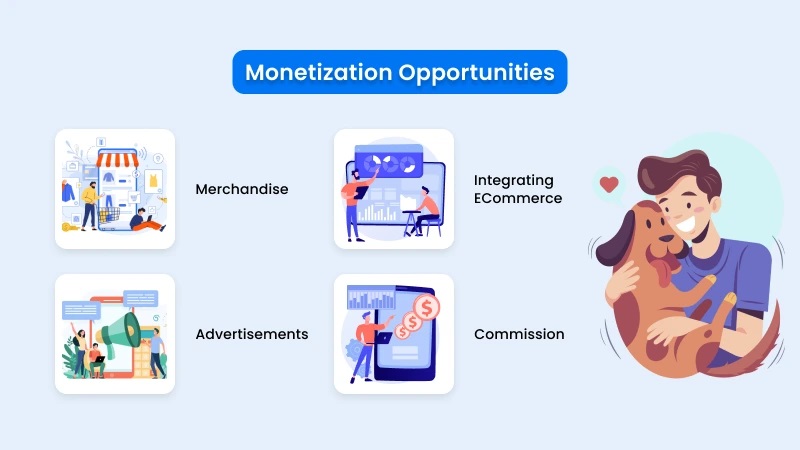
1. Subscribe
It’s a classic monetization strategy that can be used for pet owners and vets who use telemedicine for pets apps. This approach can also attract users who do not want to use the app for a long time but would rather have a consultation or treat a specific pet condition.
2. Commission
Apps for on-demand vets are part of the digital platform category that allows you to buy and sell services frequently. This specificity can help you make a profit. Commission is a percentage or fixed fee that you receive from every in-app transaction.
To avoid making commissions a burden, it is important to find the right balance between the income you desire and the amount users should pay.
3. Featured Listing
This monetization strategy works for both you and the vet professionals and companies that use your veterinary app, unlike other methods. This party pays a fixed fee to be able to access the app homepage. This allows them to promote their services more effectively and generate higher profits.
4. In-app payments
A platform for selling your goods may be created using the veterinarian’s app. These could be pet food, supplements, accessories, devices or any other item that is useful to pet owners. Selling advanced features in-app for pet owners who want to make the most of their platform is another way to generate payments.
How to Develop a Veterinary App: Telehealth For Pets
Making a minimal viable product is the greatest approach to bring a novel concept to life. (MVP). An MVP is an application that showcases its main functionality. This is a great way to gauge the market, test the viability of your ideas, and raise some funds. It also helps to reduce costs.
It’s the perfect fit for startups, which is why Purrweb started with it. Let’s break it down into six steps.
Step 1. Analyze The Market
The basis of any business is market research. Market research is essential before you start building an app for pet care. You need to understand the industry and identify key trends. Analyze the goods of your rivals and identify their advantages and disadvantages to better understand them.
Step 2. Define The Features of your Product
Decide which functionality you wish to implement. Three equally important factors are the results of your market analysis, your business plan, and your niche.
These are just a few of the features that you should expect to see in a standard veterinary application. But there’s always opportunity for advancement and fresh perspectives. Choose a killer feature to make your future veterinary app stand out. A unique selling point is the thing that sets you stand out from your competitors.
Step 3. Devise the UI/UX Design
This is where the app begins to take shape. The sales funnel will be navigated through a straightforward customer experience. It’s now up to you to make everything seem lovely.
Be careful with your design. It should be eye-catching, but not too overwhelming. In business, function comes before aesthetics. You might think about delegating this task to a team of designers who are qualified.
Step 4.Create The Code, then Release the Initial Iteration
You should only hire skilled developers who are fully capable of their job. Users hate bugs, slow loading times and other symptoms that can be caused by clumsy programming.
Cross-platform development is the best way to make your vet-on-demand app accessible for as many people as possible. You can also roll out versions for iOS and Android simultaneously. Before releasing an app, make sure you test it.
Step 5. Set up a Feedback loop
A service cannot survive in isolation. Give your customers the chance to suggest things. It is important to filter all messages carefully. Some will be irrelevant and it can prove counterproductive to try to address every complaint. Instead, your attention should be on the most significant developments.
Step 6. Release New Updates
On demand doctor app development doesn’t stop when the app is shut down. There will always be space for improvement as long as there is demand for the service. You can add new features to the backlog, scale and bring your app up to perfection while still maintaining communication channels with your target market.
Technology Stack For Veterinary App
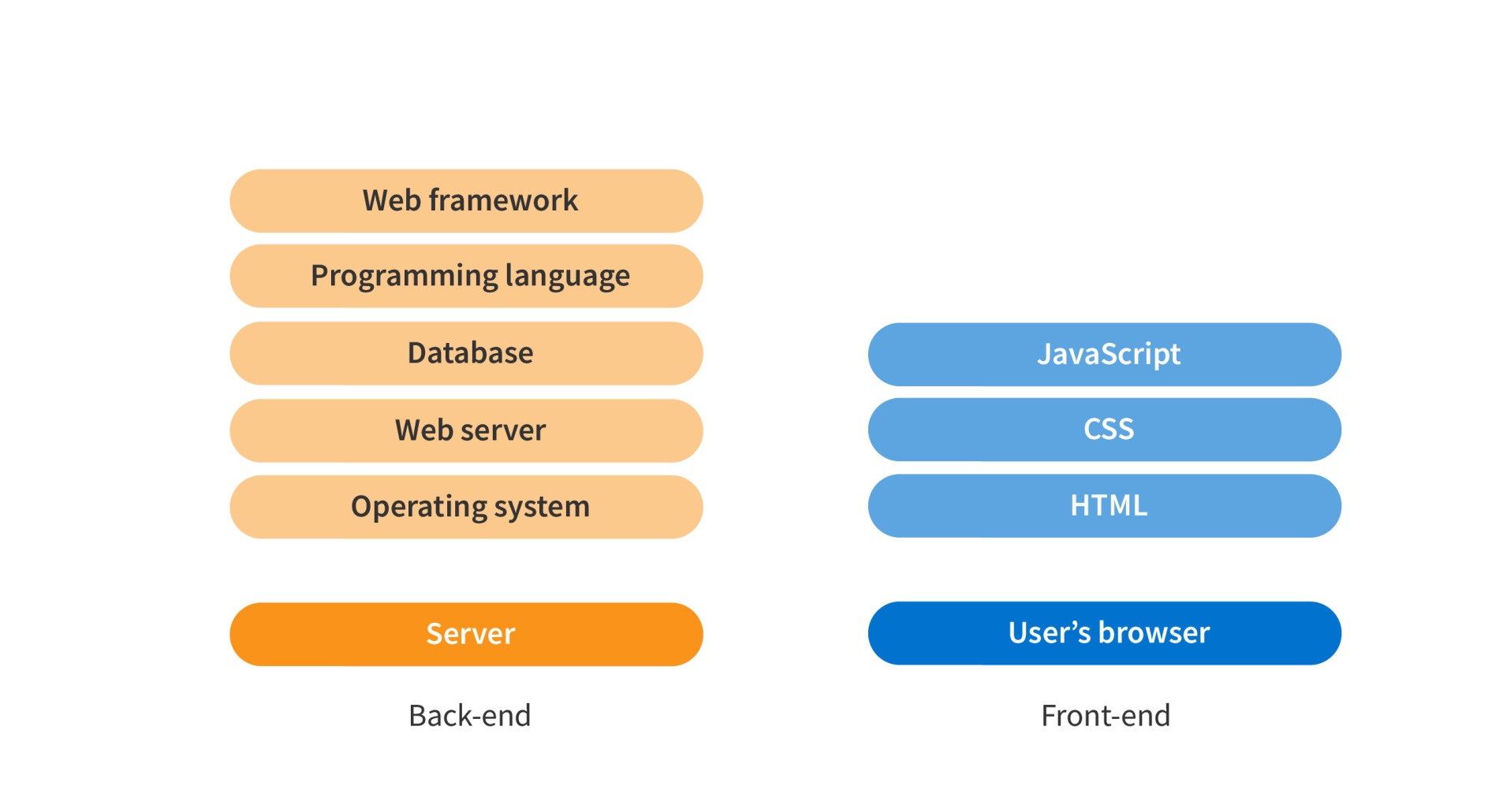
The project complexity and requirements will determine the technology stack that is used for Vet-On-Demand applications. To develop the solution you require, we can use the following Technology stack:
- Frontend: Angular.JS and Vue.js.
- Backend: Laravel and Django.
- Framework – CodeIgniter and Socket.io
- Programming Language: Kotlin Swift Java
- Real-time Analytics Tools: IBM Spark, Hadoop and Apache Flink.
- Payment Gateways: Stripe and PayPal, Braintree and E-Wallet
- Push Notifications: Twilio and Push.io
- Database: My SQL, MS SQL Server, MongoDB, Redis, PostgreSQL.
- Cloud Environment: AWS and Google.
- Notifications Service: Twilio, Nexmo.
- AWS CloudWatch – Monitoring and log maintenance
- Amazon S3. Storage & Backup Solutions
How Much Does Veterinary App Development Cost?
The average cost of developing a veterinary telemedicine app varies. Depending on the features, the total cost of developing a veterinary telemedicine app can run from $10,000-$25000. The cost to develop a mobile app that has fewer functions is lower. The app’s minimal viable product (MVP) may be made available right away, and subsequently, more sophisticated functionality can be added.

The average time it takes to develop a vet consultation app is between 1000 and 2000 hours. The time it takes to develop an app for vet consultation depends on many factors, including the platform chosen, the number of features, setup and size of databases, expectations regarding user interface (UI), etc. If you need extremely unique designs, specific features, or odd release platforms, it will take longer.
The usual process for vet app development follows the following:
Step 1. Discovery & UI/UX Design
Time: 280 Hours
Cost: $6k – $8k
This is the first step of creating a veterinary app. This stage includes validating your idea, thorough market research, and audience research. This step identifies the unique strengths of your app and highlights your value proposition.
This stage includes designing your platform. You must separate the UX/UX of iOS and Android in order to develop native apps. You must develop universal design solutions in order to create cross-platform applications. You will receive mockups of the platform at the end of this step.
Step 2. Development
Time: 640 Hours
Your developers will then turn your mockups into a functional solution. Your chosen tech stack is used to implement the necessary features and elements of the platform. You will receive a minimum viable product at the end of this stage (MVP).
Step 3. Testing & Market Launch
Time: 240 hours
Your QA experts will inspect the mobile app for veterinary bugs during this stage. Your app will be perfected once your team has found any bugs.
Once your app solution has been fully developed, it is ready to be launched on the market. Your crew supervises the launch and makes all required preparations to guarantee a successful launch.
Guidelines to Follow When Developing Veterinary Apps
Applications that handle sensitive data, particularly in the area of medicine and consultations must comply with local and international regulations. This is not only about reputation, but it’s also an important step to avoid costly penalties.
These are the common laws that govern vet pharmacy app development.
- If you are looking to launch an app for vets that provides diagnosis and treatment on the US market, then the Federal Food, Drug, and Cosmetic Act is a must.
- The Health Insurance Portability and Accountability Act of the USA (HIPAA), is responsible for ensuring that patients’ medical histories and identification data are kept private.
- The American Veterinary Medical Association works to preserve patients’ privacy while also promoting professionalism and competency among veterinarians.
- The US market is served by the Food and Drug Administration (FDA). This certification is vital. These rules apply more to other medical products but on-demand vet apps must also comply with them.
Keep in mind that the laws in your area may differ from others. It is highly recommended that you do extensive research on the regulations relevant to your area before you launch your veterinary app.
Conclusion
While on-demand veterinary services are becoming more popular, the market for app development is still open to new players. You have the opportunity to try out several formats or develop timeless apps of exceptional quality.
Both cases require you to combine technical knowledge with business management skills and complying with regulations. However, if you want to develop an app for telehealth for pets, you must hire a mobile app development company.
Frequently Asked Questions
1. What are the major types of veterinary apps?
A mobile app for veterinarians comes in two flavors: client- or business-focused. Apps that are client-centered, or as the name implies, address the needs of animal parents. Business-centered apps help to streamline the business processes at veterinary clinics.
2. What is the time it takes for healthcare app development?
It usually takes between 4 and 6 weeks for healthcare app development. This is because it is not an “off the shelf” app. To ensure the highest quality of the final software solution, it spent considerable time on requirements analysis, features integration and app development.
3. Is there a way to accelerate the development of veterinary apps?
You can use tools such as Flutter and React Native to develop mobile apps for iOS and Android simultaneously. Plus, you can reuse some of the code for a website application.
